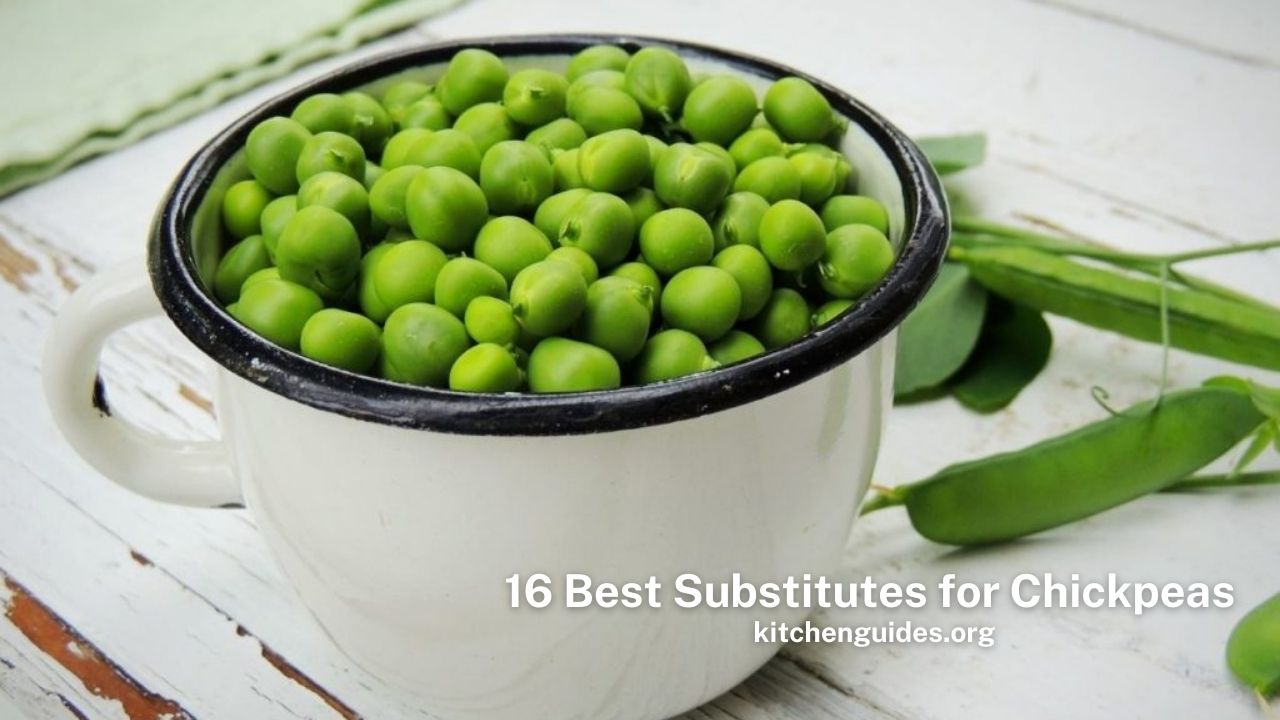What are the best substitutes for chickpeas? Today we’re taking a look at how you can replace this versatile ingredient in your recipes. What’s so great about chickpeas? Well, for one thing, they’re incredibly versatile and make a great addition to just about any dish.
What Is Chickpeas?
Chickpeas are a legume that comes from the garbanzo bean plant. The plant grows in warm climates and is cultivated throughout the world. These legumes are high in protein, fiber, folate, and iron. They also contain essential fatty acids and are rich in zinc.
Chickpeas have been eaten for thousands of years in India and other parts of the world. They were used as a food source by ancient civilizations and remain popular today. Chickpeas can be ground into flour or boiled to make hummus or falafel (a favorite Middle Eastern dish). They are also used to make many different types of pastes including tahini (sesame paste).
16 Ingredients Use As Chickpea Substitutes
Chickpeas, also known as garbanzo beans, are one of the most versatile ingredients in the kitchen. They’re a great source of protein and fiber, and they’re packed with vitamins and minerals. Plus, they can be used in so many ways: You can purée them into hummus or use them in salads or soups.
However, if you’re following a vegan diet or you’re allergic to chickpeas, there are plenty of substitutes that can help you keep eating your favorite dishes. Here are some ideas to help you get started:
1. Beans
Chickpeas aren’t the only legume that can be used as an alternative for chickpeas when cooking at home. Try substituting beans like kidneys, black-eyed peas or pinto beans for chickpeas in your favorite recipes! You’ll still get the same nutritional benefits from these legumes — plus they’ll give your dish a slightly different flavor than using just one type of bean would provide.
2. Canned White Beans
If you prefer canned beans over dried ones, then this is a good option for you! Just drain and rinse the liquid from white beans before using them in your recipe. Make sure to rinse well so there isn’t any extra sodium in the dish.
3. Edamame
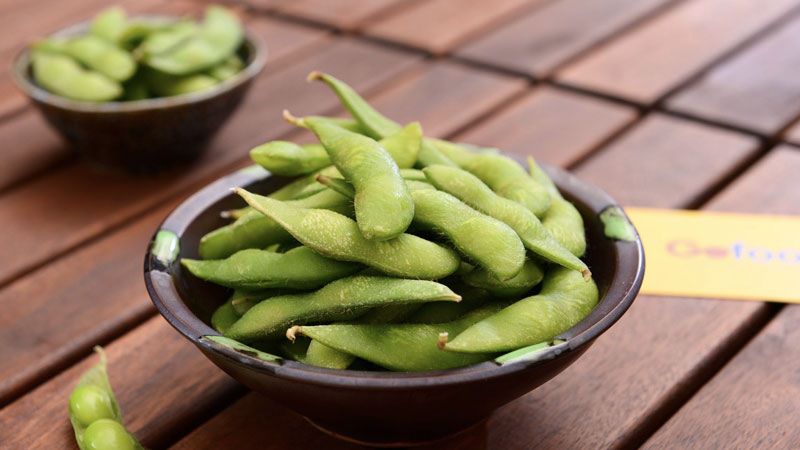
Edamame is also a great alternative to chickpeas. This green soybean is a healthy way to get your protein in and it’s loaded with fiber as well! You can add it to salads, soups, and wraps or you can even try blending it up into your favorite vegan protein powder at home.
4. Soy nuts
Soak edamame beans in water overnight, then drain and rinse them before using them in recipes. They’re a delicious way to replace chickpeas in your favorite dishes.
5. Black Beans
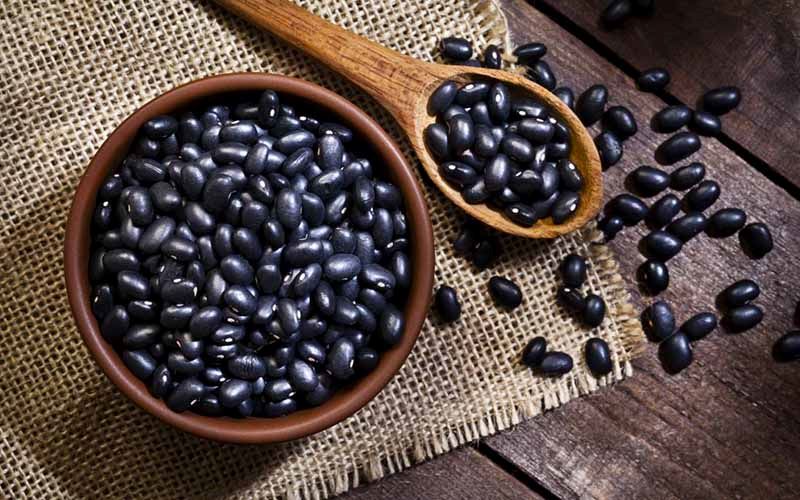
Black beans are a good substitute for chickpeas in many recipes. They have a similar texture and flavor, but they’re slightly sweeter, which can be nice in many dishes.
6. Cannellini Beans
Cannellini beans are white kidney beans that have a mild flavor and creamy texture. They’re an excellent substitute for chickpeas if you want to avoid adding any color to your dish.
7. Green Peas
Green peas have the same mild flavor as chickpeas and can be used interchangeably in most recipes. However, green peas don’t have the same creamy texture as chickpeas, so they might not work well in recipes that call for pureeing or mashing the vegetables (like hummus).
8. Lentils
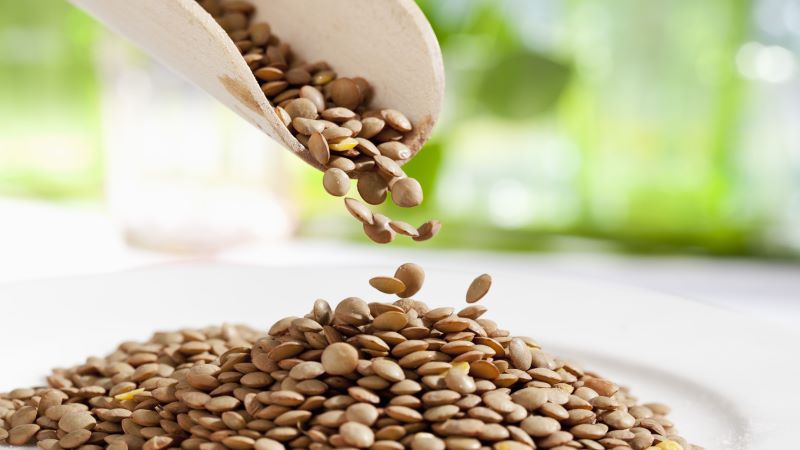
If you have a favorite recipe that calls for chickpeas, try substituting lentils instead. Lentils cook quickly and have a similar consistency to chickpeas, but they contain fewer carbs than chickpeas do.
9. Soybeans
Soybeans are a great alternative to chickpeas because they’re higher in protein and lower in carbohydrates. They also have a mild, nutty flavor that goes well with many seasonings.
10. Northern Beans
Northern beans are a type of white bean that’s often used for bean salads. You can substitute them for chickpeas by using two cups of cooked northern beans instead of one cup of cooked chickpeas.
11. Kidney Beans
Kidney beans have a slightly sweet flavor, which makes them great for adding to stews or soups. Substitute kidney beans for chickpeas by using two cups of cooked kidney beans instead of one cup of cooked chickpeas.
12. Roasted Edamame
Edamame is young soybeans that have been boiled or steamed and then roasted until they’re browned and crunchy. The pods can be eaten whole or split open, with the beans inside removed and eaten on their own or added to salads. Use them as a substitute for chickpeas in any recipe that calls for them, such as hummus or falafel.
13. Split Peas
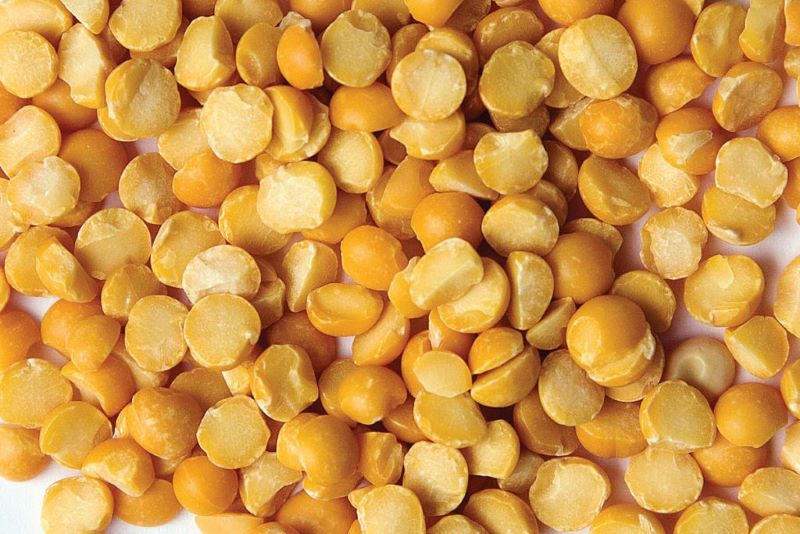
Split peas are sold dried in the pod or already split into two halves called lentils. Split peas aren’t actually peas at all — they’re actually seeds from a type of grass. When cooked, their texture becomes similar to rice or pasta. They’re often used in soups and stews because they cook quickly and absorb flavors easily; however, they can also be used in salads or served as a side dish with grilled meats or fish.
14. Mung Beans
Mung beans are also known as green gram, green mung, and moong. They are similar in appearance to chickpeas, but they have a bean-like smell. These beans are high in fiber, protein, and iron. The best way to cook mung beans is by soaking them overnight before cooking them with water or stock.
15. Peanuts
Peanuts are legumes that grow underground and can be eaten raw or roasted. They contain high levels of monounsaturated fats (good fats), protein, and fiber. They are also rich in folate, which helps your body produce red blood cells that transport oxygen throughout your body.
16. Garbanzo Beans
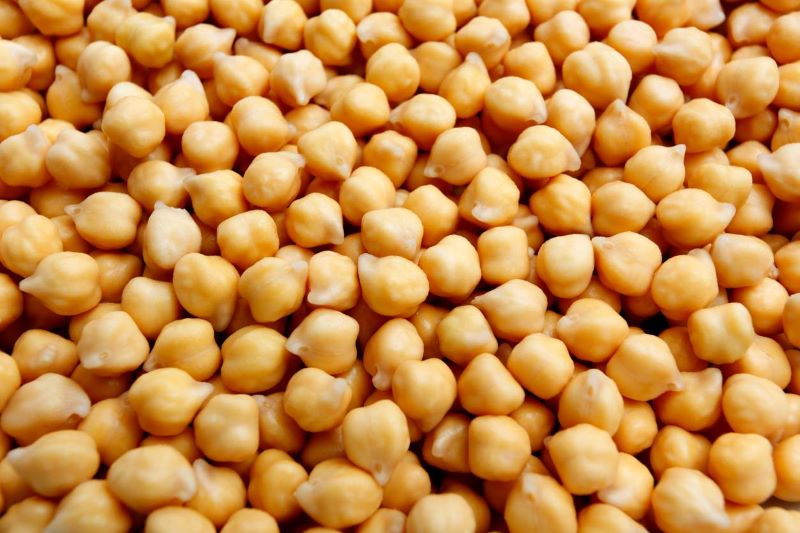
You can use garbanzo beans instead of chickpeas in many dishes, but they aren’t quite as versatile. Garbanzos aren’t as soft when cooked and don’t absorb flavors from other ingredients as well as chickpeas do. However, this is still an acceptable ingredient substitution if you’re looking for more options for your diet.
5 Healthy Benefits Of Chickpeas
Chickpeas are a great source of fiber, protein, iron, and magnesium. They’re also high in folate, vitamin B6, and zinc.
1. Chickpeas help lower blood pressure
Chickpeas contain saponins, which can help lower blood pressure by reducing inflammation and preventing blood clotting. In fact, chickpeas are one of the foods recommended for lowering blood pressure by the American Heart Association (AHA).
2. Chickpeas can help lower cholesterol levels
Saponins found in chickpeas can improve bad cholesterol (LDL) and increase good cholesterol (HDL) levels by preventing LDL from being absorbed by the body, which lowers total cholesterol levels. This makes them an ideal addition to your diet if you want to reduce your risk of heart disease or stroke.
3. Chickpeas may help fight cancer
Chickpeas contain phytochemicals called phenolic acids that have been shown to fight free radicals linked to cancer development and growth in animal studies. These antioxidants may also prevent damage caused by free radicals in healthy cells as well as those already damaged or undergoing changes that could lead to cancerous growths or other diseases like Alzheimer’s disease or Parkinson’s disease.
4. It Can Help With Weight Loss
Chickpeas are high in fiber which helps with weight loss by keeping you feeling full longer so you don’t overeat or snack on unhealthy foods throughout the day. Fiber also helps to lower cholesterol levels because it binds with bile acids to remove them from the body before they can enter your bloodstream where they would otherwise form into plaque on your veins and arteries causing heart disease or strokes if left untreated over time.
5. They Are Good For Your Heart Health
Chickpeas contain folate which has been shown to reduce homocysteine levels in your bloodstream which can increase the risk of atherosclerosis or hardening of the arteries, heart disease, and stroke. If you have high homocysteine levels it is important to eliminate them.
Recipe With Chickpeas
Chickpeas are a great source of plant protein, fiber, and iron. They’re also really easy to cook, making them a great staple for your diet.
Here are some recipes you can try:
1. Chickpea Curry with Potatoes and Kale
This chickpea curry is a delicious and nutritious meal. It’s full of flavor, but it’s also very easy to make. The recipe calls for canned chickpeas, but if you have the time and energy, you can use dried chickpeas and cook them yourself. This recipe uses both fresh kale and frozen spinach, so it will work in any season.
2. Indian Chickpea Spinach Soup
Chickpeas are a very popular ingredient in Indian cuisine. They are also known as garbanzo beans, Ceci, or chana. They can be used raw or cooked in both savory and sweet dishes. Chickpeas are high in protein, fiber, and minerals like iron, zinc, and magnesium. This recipe combines chickpeas with potatoes, kale, and spices to make a flavorful vegetarian dish.
3. Chickpea Avocado Salad
This salad is great as an appetizer or side dish. It’s also perfect for picnics and potlucks because it travels well and doesn’t need to be kept cold until serving time.
4. Creamy Chickpea Soup
This soup is a great way to use up leftover cooked chickpeas. You can also make it with canned beans if you don’t have any cooked ones on hand.
5. Hummus With Carrots and Parsley
Hummus is a Middle Eastern spread made from puréed chickpeas and tahini (sesame paste). It’s great as a dip for raw veggies or crackers, or as a sandwich spread. Here’s how to make it at home.
FAQs
1. What Are Chickpeas Used For?
Chickpeas are mainly used for human consumption — they’re eaten whole as an edible seed or sprouted as shoots/sprouts. They’re also used to make flour, which is then used in baked goods such as bread and cookies. The flour can also be used to make soaps and cosmetics products like lipstick and toothpaste! Chickpea flour is sometimes added to soups or stews for extra flavor and texture (or simply because it’s cheap). It commonly serves as an alternative to meat because it’s high in protein — plus, it’s easy on your wallet!
2. How do you cook chickpeas?
Chickpeas can be cooked in a variety of ways. Simply rinse them under cold water and add them to boiling water or broth to cook for about 45 minutes or until tender. You can also cook them in a slow cooker overnight with some seasonings added for an easy side dish or meat substitute.
3. How do you make hummus from chickpeas?
Hummus is made from mashed chickpeas that have been mixed with tahini (sesame paste), olive oil, lemon juice, garlic, and salt. You can make it yourself at home or buy it ready-made from most grocery stores and natural food stores across the country.
4. Are chickpeas good for weight loss?
Yes! Chickpeas are low in calories and high in fiber, making them an excellent choice for anyone trying to lose weight. They’re also rich in protein so they can help keep you full between meals without adding extra calories to your diet.
5. How much protein does a serving of chickpeas contain?
A one-cup serving of cooked chickpeas contains about 15 grams of protein. That’s about 30 percent of your daily value (DV) for protein.
6. Is it healthy to eat chickpeas every day?
Chickpeas are high in fiber and low in fat, making them a healthy choice for both heart health and weight management. The fiber content helps you feel fuller longer, while the low-fat content reduces your risk of heart disease and diabetes.
In Summary
It wasn’t hard for us to track down substitutes for chickpeas. We used ingredients that we already had around the kitchen, and it looked like the sweetness of the cornstarch worked well enough to act as an alternative. We weren’t surprised by any of our results, but it was a good experiment nonetheless.

